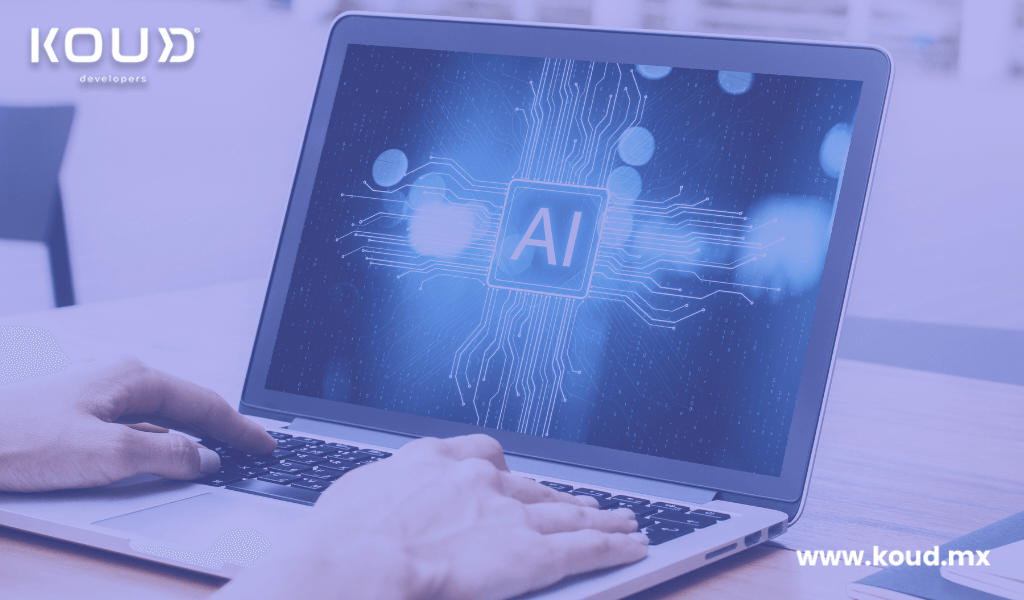Artificial Intelligence and the Evolution of User Experience
Artificial Intelligence and the Evolution of User Experience
In a world where users expect fast, personalized, and seamless experiences, companies are increasingly turning to artificial intelligence (AI) to optimize and transform the user experience (UX). AI enables brands to analyze real-time data, predict user needs, and offer personalized solutions that enhance satisfaction and loyalty. From virtual assistants to intelligent recommendations, AI has radically changed how we interact with digital platforms. In this article, we’ll explore how AI is redefining user experience and its impact on the relationship between brands and their customers.
Transforming User Experience with AI
1. AI and Personalization: Tailored Experiences
One of the most powerful aspects of AI is its ability to personalize the user experience. By analyzing behavioral data, purchasing preferences, and browsing patterns, AI can predict what each user needs and offer real-time personalized recommendations. This level of personalization not only enhances the shopping or browsing experience but also creates a stronger connection between the brand and the user.
Companies like Amazon and Netflix have mastered this approach, using AI algorithms to recommend products and content based on individual customer interests. This degree of personalization, driven by analyzing large data sets and machine learning, creates a unique and tailored experience for each user, boosting conversion rates and fostering customer loyalty.
2. Chatbots and Virtual Assistants: Enhancing Customer Service
AI-powered chatbots are one of the most visible examples of how AI is improving user experience. These virtual assistants can interact with customers 24/7, offering quick and effective responses to queries. As AI continues to evolve, these chatbots are becoming more sophisticated, capable of interpreting natural language, better understanding user needs, and providing more personalized solutions.
Companies worldwide are implementing chatbots to resolve simple issues, schedule appointments, or provide information, reducing wait times and enhancing customer satisfaction. By automating customer service for routine tasks, companies can free up human resources to focus on more complex issues, improving the overall customer experience.
3. AI in Digital User Experience: More Intuitive Interfaces
AI is also improving digital interfaces by creating adaptive user interfaces. These interfaces automatically adjust design, content, and functionalities based on user behavior and preferences. AI collects data on how users interact with a platform, which elements they use the most, and where they experience friction to optimize the experience.
For instance, in e-commerce applications, AI can identify points in the purchasing process where users tend to abandon their carts and make real-time adjustments to simplify the experience and increase conversions. This ensures smoother navigation, more natural interactions, and a more efficient path for users to achieve their goals.
4. Predictive Analytics: Anticipating User Needs
AI-driven predictive analytics enables companies to go a step further by anticipating user needs before they even express them. AI can analyze past behavior, usage patterns, and contextual data to predict what the user might want or need in their next interaction.
For example, on streaming or e-commerce platforms, AI can suggest products or content before the user actively searches for them, creating a more seamless and personalized experience. These types of predictions not only improve user satisfaction but also increase opportunities for upselling and cross-selling, maximizing revenue.
5. Intelligent Automation: Reducing Friction in the User Experience
Intelligent automation through AI plays a key role in optimizing UX by reducing friction and streamlining processes for users. By eliminating the need to fill out repetitive forms or perform unnecessary steps, automated systems can guide users more efficiently toward their final goal.
A clear example of this is the automation of purchasing processes. AI-driven systems can remember payment preferences, shipping addresses, and favorite products, allowing users to make purchases with just a few clicks. This reduction in friction improves the experience, minimizes frustration, and increases the likelihood of users completing their transactions.
6. Continuous UX Improvement with AI: Learning from Data
AI not only transforms the user experience in the moment but also enables continuous improvement through real-time data analysis. AI-powered platforms can learn from every interaction, adjust, and evolve to better meet user needs over time. This constant feedback loop ensures that companies can refine their offerings, interfaces, and processes to keep users engaged and satisfied.
An example of this is the continuous updates of mobile applications, where companies collect user behavior data to optimize future versions. This way, platforms not only become more efficient but also better adapt to changing user expectations.
In conclusion, artificial intelligence has revolutionized the way companies interact with users, transforming the experience on all levels. From personalization to intelligent automation, AI has enabled faster, more accurate, and user-centric experiences. As this technology continues to evolve, we are likely to see even greater integration of AI into UX design, further raising the standards for interaction and customer satisfaction.

